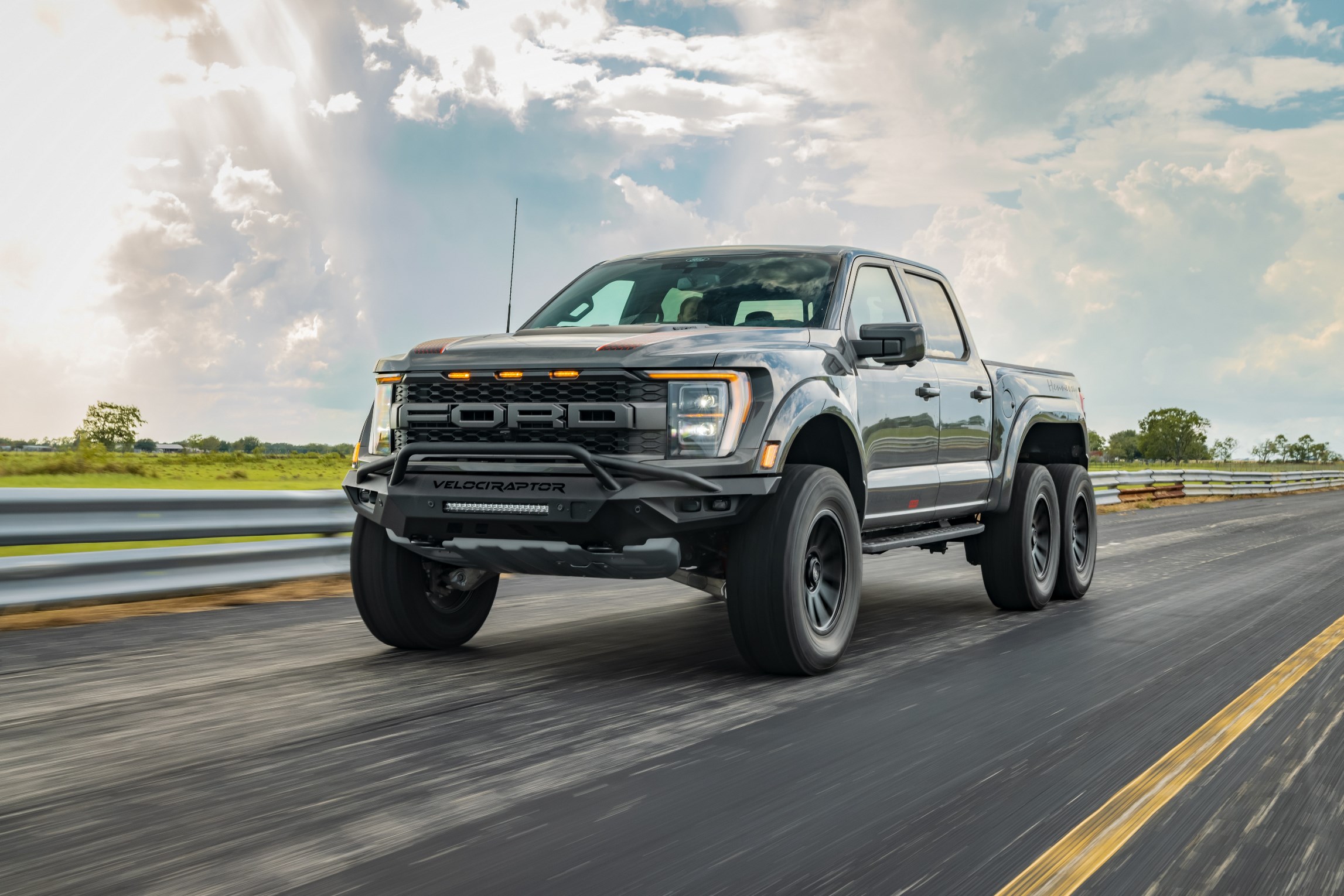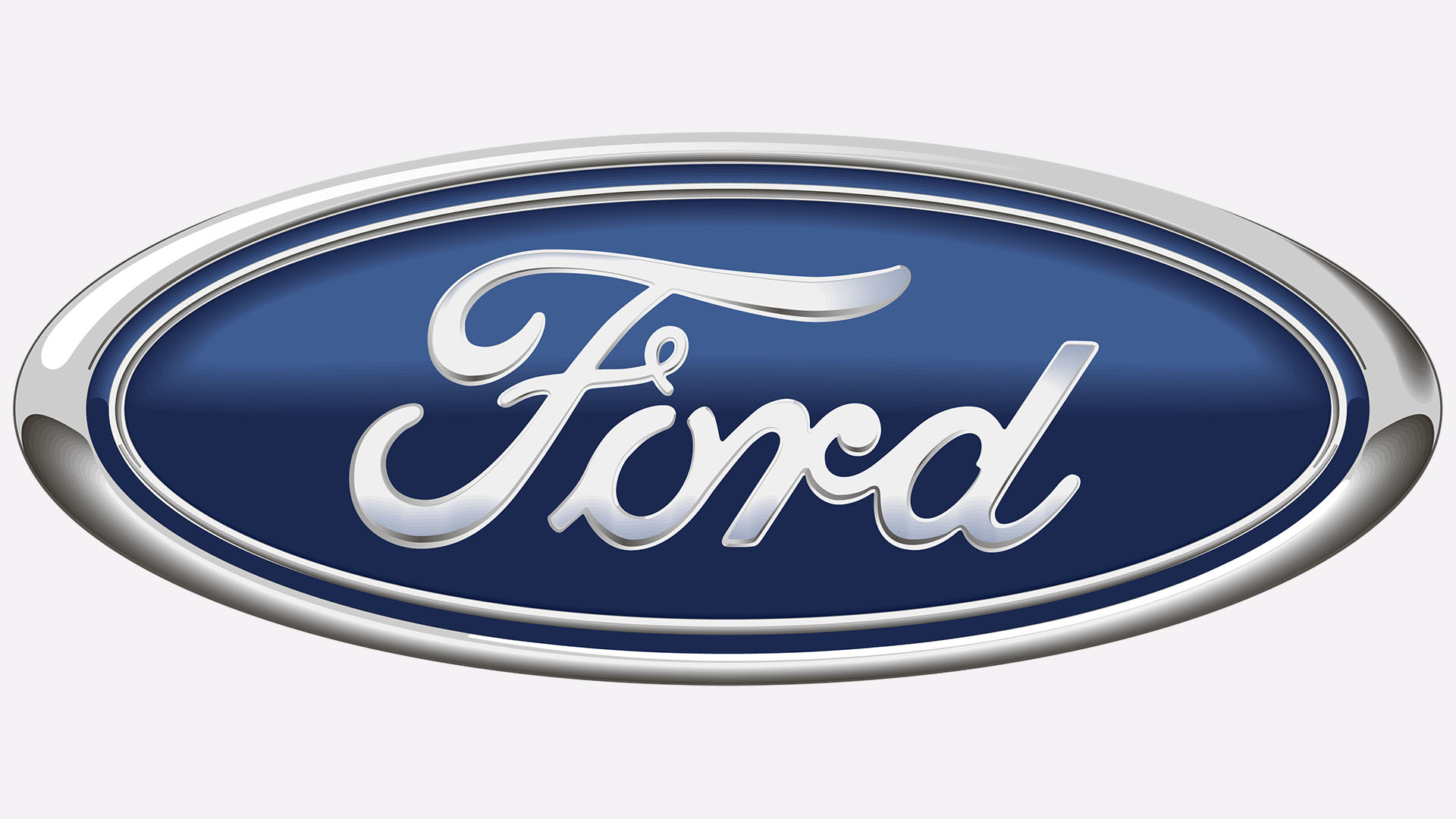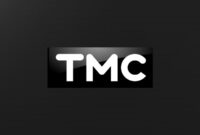Ford COE Trucks For Sale: Your Comprehensive Guide to Acquiring a Classic Cab-Over sale.truckstrend.com
In the vast landscape of classic vehicles, few command attention quite like the Ford COE (Cab Over Engine) truck. These distinctive workhorses, with their short snouts and commanding presence, were once the backbone of American commerce, navigating tight city streets and hauling heavy loads with remarkable efficiency. Today, "Ford COE Trucks For Sale" isn’t just a search query for a commercial vehicle; it’s an entry point into a passionate world of restoration, custom fabrication, and unique automotive artistry. From their utilitarian origins to their current status as highly sought-after platforms for hot rods, car haulers, and even custom RVs, the appeal of a Ford COE endures, drawing in enthusiasts eager to own a piece of automotive history with unparalleled character.
This guide delves into everything you need to know about finding, evaluating, and acquiring a Ford COE truck, transforming your dream of owning one into a tangible reality.
Ford COE Trucks For Sale: Your Comprehensive Guide to Acquiring a Classic Cab-Over
The Enduring Appeal of Ford COE Trucks
The allure of Ford COE trucks lies in their distinctive design and inherent versatility. Unlike conventional trucks with long hoods, the COE design places the cab directly over the engine, maximizing cargo space and improving maneuverability in congested urban environments. This functional design choice resulted in a unique aesthetic: a squat, powerful stance often accentuated by large, prominent grilles and distinctive cab lines.
For collectors and customizers, this aesthetic is a blank canvas. Early models from the 1930s and 40s exude a charming, art-deco industrial vibe, while the iconic C-Series, produced from 1957 to 1990, offers a more modern yet still unmistakably classic silhouette. Beyond their looks, COEs are celebrated for their robust frames and heavy-duty components, built to withstand decades of rigorous work. This inherent durability makes them ideal candidates for ambitious projects, capable of supporting modern powertrains and custom bodies. The nostalgia factor is also immense; these trucks evoke an era of hardworking American enterprise, appealing to those who appreciate mechanical simplicity and a tangible connection to the past.
Key Generations and Models to Look For
When searching for Ford COE trucks for sale, understanding the different generations is crucial, as each offers unique characteristics and varying levels of availability.
-
Early COEs (1938-1947): These pre- and post-war models represent the genesis of Ford’s COE design. Characterized by their rounded cabs, often featuring split windshields and prominent grilles, they typically came with Ford’s venerable Flathead V8 engines. Finding these in original, unmolested condition is rare, and they are highly prized by purists and those seeking a truly vintage look. Rust can be a significant issue, especially in the lower cab and fenders.
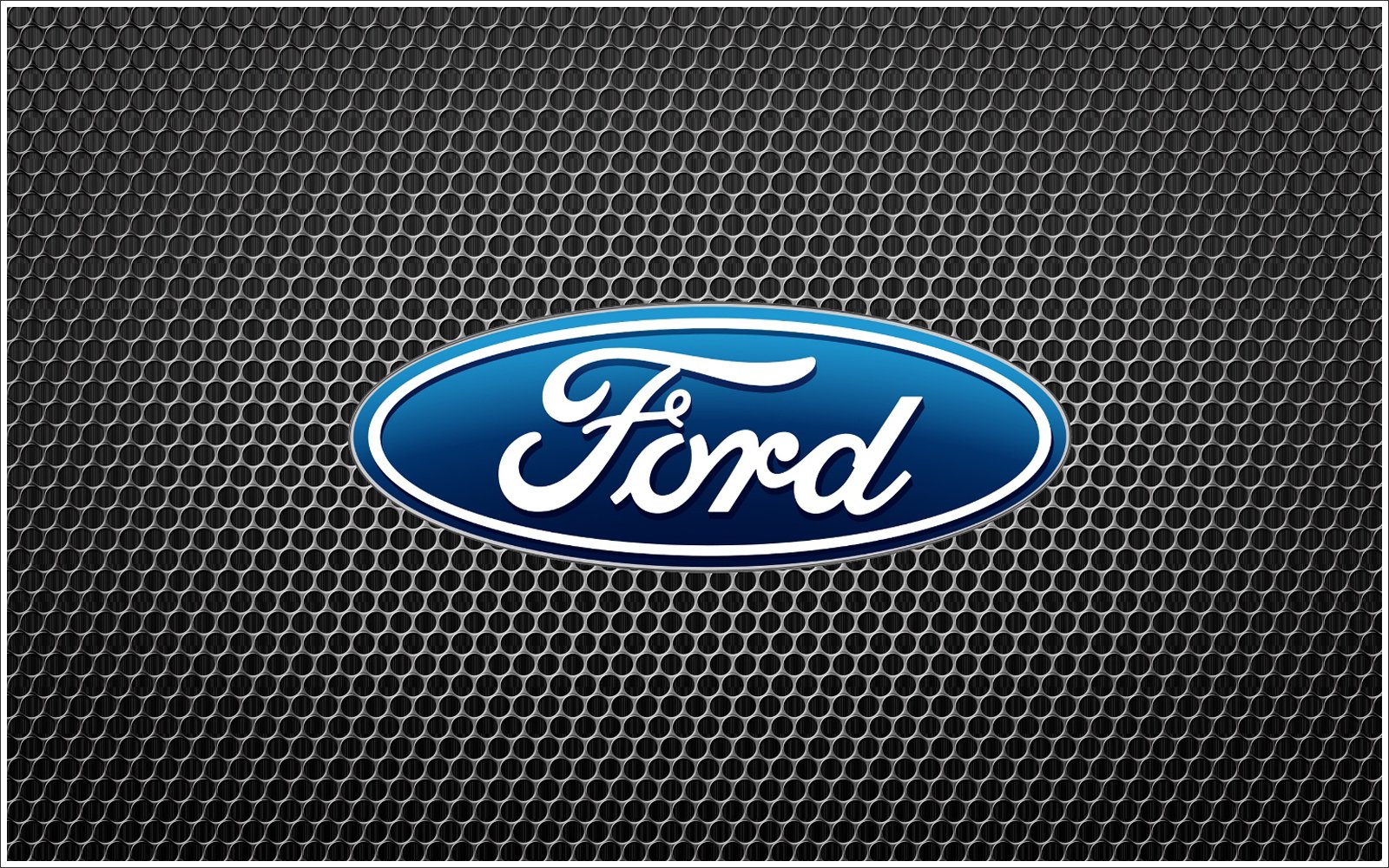
-
F-Series COEs (1948-1956 – "Bonus-Built" / "Effie"): With the introduction of the F-Series in 1948, Ford’s COE line also evolved. These trucks shared design cues with the popular F-series pickups, featuring more integrated fenders and a slightly more modern cab. Models like the F5 and F6 COE are popular choices for resto-mods, offering a classic but slightly less antique appearance than their predecessors. They often came with Y-block V8s or inline-six engines. Their larger production numbers make them somewhat more accessible than the earlier models.
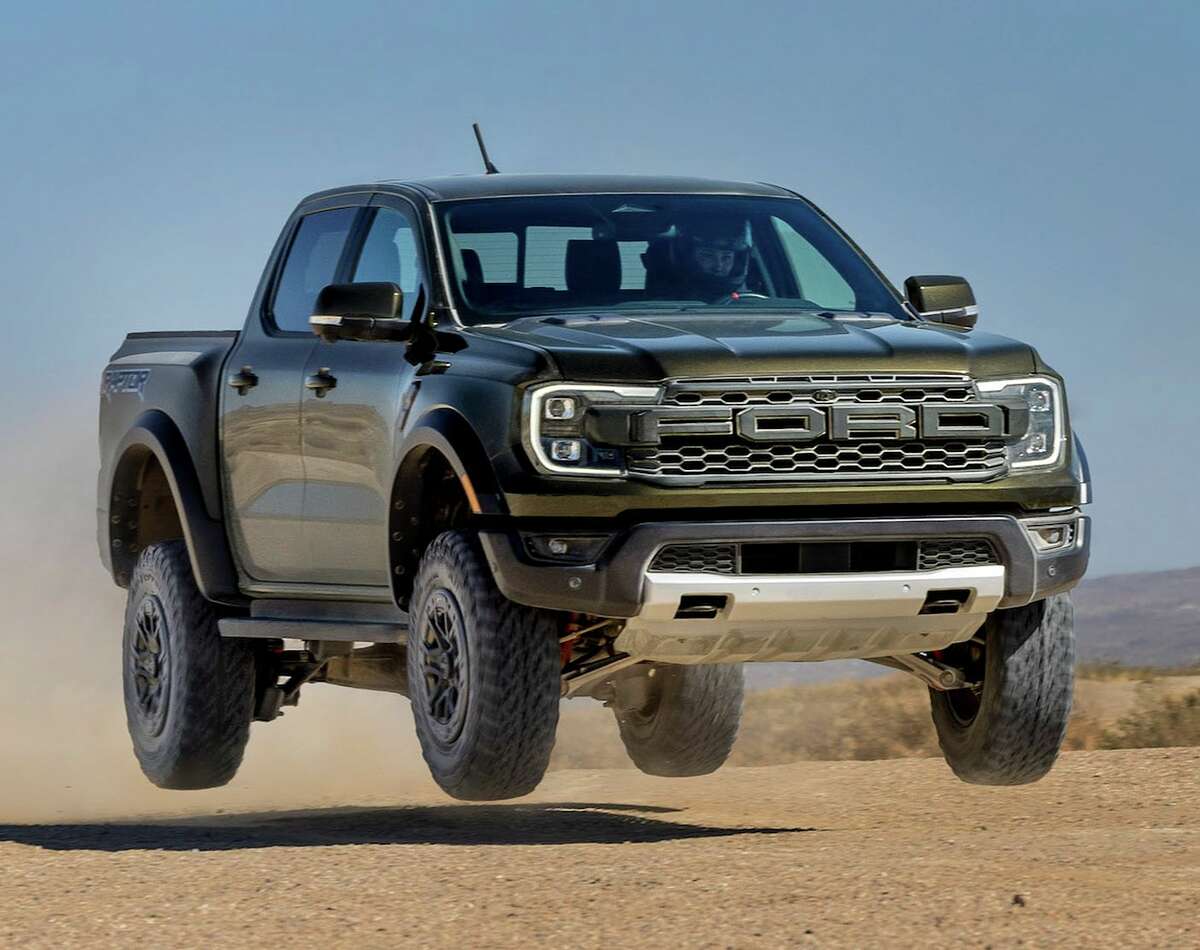
C-Series (1957-1990): Without a doubt, the C-Series is the most iconic and frequently encountered Ford COE. With its instantly recognizable tilt-cab design, large panoramic windshield, and relatively compact footprint, the C-Series became a ubiquitous sight on American roads. Produced for over three decades with minimal major design changes, these trucks offer excellent parts availability (especially mechanical components) and a vast aftermarket. They were offered in a wide range of gross vehicle weight ratings (GVWRs), from light-duty C-500s to heavy-duty C-900s, making them incredibly versatile platforms for custom builds. Their widespread use means you’ll find them in various states of repair, from complete rust buckets to surprisingly well-preserved examples.
Where to Find Ford COE Trucks For Sale
The hunt for a Ford COE can be an adventure in itself. While they aren’t as common as traditional classic cars, several avenues can lead you to your next project or showpiece.

-
Online Marketplaces:
- eBay Motors: Often has a selection, ranging from bare frames to partially restored trucks. Be prepared for bidding wars and factor in shipping.
- Craigslist & Facebook Marketplace: Excellent for finding local trucks, often sold by individuals who may not realize the full potential of their old farm truck. Search broad terms and be willing to travel.
- Dedicated Facebook Groups: Groups like "Ford C-Series Trucks," "Ford COE Owners," or "Classic Truck Classifieds" are invaluable resources. Members often post trucks for sale, offer advice, and provide leads.
- Classic Car & Truck Websites: Sites like Hemmings Motor News, OldTrucks.com, and ClassicCars.com often feature restored or higher-end examples from dealers.
-
Auction Houses: For fully restored or professionally customized Ford COEs, major auction houses like Mecum Auctions or Barrett-Jackson occasionally feature them. These typically command premium prices but offer turn-key solutions.
-
Salvage Yards & Farm Clear-outs: For the adventurous and budget-conscious, exploring old salvage yards, junkyards, and attending farm estate sales can uncover hidden gems. These are often non-running projects, but can be significantly cheaper. Networking within the classic truck community can yield valuable word-of-mouth leads.
-
Specialized Classic Truck Dealers: A growing number of dealers specialize in classic trucks. While prices might be higher, these dealers often offer better-vetted vehicles, sometimes with initial restoration work already completed.
What to Consider Before Buying a Ford COE
Acquiring a Ford COE is often just the first step in a larger project. Thorough consideration before purchase is paramount.
-
Condition Assessment:
- Rust: The biggest enemy. Check cab corners, floor pans, door bottoms, inner fenders, and especially the frame rails. Surface rust is manageable; structural rust is a major concern.
- Engine & Drivetrain: Is the original engine present? Does it run? If not, what is the plan for a swap? Check for seized components, fluid leaks, and overall completeness. Many will have non-original engines, which can be a pro or con depending on your goals.
- Cab & Body: Look for accident damage, previous poor repairs, and completeness of trim pieces. Reproduction body panels are scarce for earlier models.
- Electrical & Brakes: These systems will almost certainly need complete overhauls on any project truck. Factor this into your budget.
-
Purpose & Vision:
- Restoration: Are you aiming for a period-correct restoration? This will demand more original parts and potentially a higher purchase price for a complete truck.
- Custom Build (Hot Rod, Hauler, RV): If you plan to heavily modify it, a rolling chassis with a solid cab might suffice, allowing you to save on a non-running, incomplete truck.
- Parts Donor: Sometimes, a Ford COE for sale might be best used as a source of hard-to-find components for another project.
-
Title and Documentation: This is critical. Ensure the seller has a clear title in their name. Verify the VIN matches the title and the truck. Without a proper title, registration will be a nightmare, or even impossible.
-
Parts Availability: For the C-Series, many mechanical parts (engine, transmission, brakes, suspension components) are shared with other Ford trucks of the era and are relatively easy to source. Body-specific panels and interior pieces, however, can be challenging for all generations, often requiring fabrication or donor vehicles.
-
Mechanical Skill & Budget: Be realistic about your own mechanical abilities. Most Ford COEs for sale are projects requiring significant time, tools, and money. If you plan to hire professionals, factor in substantial labor costs. Create a detailed budget that includes purchase price, transportation, parts, professional labor, and unexpected issues.
-
Transportation: How will you get the truck home? If it’s a non-runner, you’ll need a large flatbed tow truck or a specialized transport service, which can add significant cost.
Practical Advice and Actionable Insights
- Due Diligence is Key: Never buy sight unseen if possible. If you can’t inspect it yourself, hire a trusted third-party inspector who specializes in classic vehicles.
- Look for Completeness: Even if the truck isn’t running, a complete truck with all its original components (even if disassembled) is often better than a scattered collection of parts. Missing trim, specific grilles, or unique interior pieces can be incredibly difficult and expensive to source.
- Have a Vision: Before you start looking, decide what you want to do with the truck. This clarity will help you narrow your search and avoid buying something unsuitable for your goals.
- Frame First: A solid, straight frame is paramount. While body panels can be replaced or fabricated, a twisted or severely rusted frame is a deal-breaker for most projects.
- Join Communities: The Ford COE and classic truck communities are incredibly helpful. Join forums, Facebook groups, and attend local car shows. You’ll gain invaluable advice, learn about common pitfalls, and potentially find leads on trucks for sale.
Ford COE Trucks For Sale: Estimated Price Guide
Pricing for Ford COE trucks varies dramatically based on year, model, overall condition, completeness, and location. The table below provides broad estimated ranges to help set expectations. Keep in mind that "restored" can range from a functional driver to a concourse-quality show truck, with prices reflecting that spectrum.
| Model Year Range | Condition Category | Estimated Price Range (USD) | Key Features/Notes |
|---|---|---|---|
| 1938-1947 | Project/Parts | $2,000 – $10,000 | Often incomplete, significant rust, non-running. Rare body parts, challenging restoration. |
| Running/Driving Orig. | $15,000 – $35,000 | Functional, mostly original, but likely needs full restoration. May have mechanical issues. | |
| Restored/Custom | $40,000 – $100,000+ | Highly sought after. Custom builds (hot rods, haulers) can exceed $100k depending on quality and features. | |
| 1948-1956 | Project/Parts | $3,000 – $12,000 | Rust common, non-running. Good for custom builds where originality isn’t key. |
| Running/Driving Orig. | $12,000 – $30,000 | Driveable but requires significant work. Often found with swapped engines. | |
| Restored/Custom | $35,000 – $80,000+ | Popular for street rods, car haulers. Prices vary based on customization level, engine swap, and finish quality. | |
| 1957-1990 | Project/Parts | $1,500 – $8,000 | Abundant, widely available. Rust in cab corners/floor is common. Many good donor vehicles available. |
| Running/Driving Orig. | $7,000 – $25,000 | Many still in commercial service or recently retired. Good mechanical basis for a custom. Minor rust/patina common. | |
| Restored/Custom | $25,000 – $70,000+ | Most common for custom builds (RV conversions, car haulers, show trucks). Excellent parts availability for mechanicals, custom bodywork is key cost driver. |
Note: These are estimates. A rare, perfectly preserved barn find could fetch more, while a completely rusted-out hulk might be nearly free. Always inspect thoroughly and factor in all associated costs.
Frequently Asked Questions (FAQ) about Ford COE Trucks
Q1: What does COE stand for?
A1: COE stands for "Cab Over Engine," referring to the design where the driver’s cab is positioned directly above the engine, rather than behind a long hood. This design maximizes cargo space and improves maneuverability.
Q2: Are Ford COE trucks hard to find?
A2: While not as common as classic cars or conventional pickups, Ford COE trucks, especially the C-Series (1957-1990), are relatively easy to find in various conditions if you know where to look (online marketplaces, classic truck forums, and specialized dealers). Earlier models (1930s-1950s) are rarer and command higher prices.
Q3: Are parts readily available for Ford COEs?
A3: Mechanical parts (engine components, transmission, brakes, suspension) for the C-Series are often shared with other Ford trucks of their era, making them relatively accessible. However, body-specific parts (cab panels, unique trim, glass) for all COE generations can be challenging to find and may require fabrication or sourcing from donor vehicles.
Q4: Can I drive a Ford COE as a daily driver?
A4: While technically possible, it’s generally not practical without significant modern upgrades. Original COEs often lack power steering, power brakes, air conditioning, and modern safety features. A custom build with a modern drivetrain, suspension, and amenities can make them much more comfortable and reliable for regular use.
Q5: What’s the typical cost to restore a Ford COE?
A5: The cost varies wildly based on the truck’s initial condition, the desired level of restoration (driver quality vs. show quality), and whether you do the work yourself or hire professionals. A basic, running restoration could be $15,000-$30,000 on top of the purchase price, while a high-end, custom build can easily exceed $50,000-$100,000 or more.
Q6: What engine swaps are common in Ford COEs?
A6: Common engine swaps include modern Ford V8s (e.g., Coyote, modular engines), Chevrolet LS engines (due to their power, reliability, and aftermarket support), and various diesel engines (e.g., Cummins 6BT) for heavy-duty applications or improved fuel economy.
Q7: Are they difficult to work on?
A7: The tilt-cab design of the C-Series offers excellent access to the engine compartment, making mechanical work relatively straightforward. Earlier models require more traditional engine access. However, rust repair and body work on any classic COE can be challenging due to the unique cab shapes and the scarcity of reproduction panels.
Conclusion
The journey to finding and acquiring a Ford COE truck for sale is more than just a transaction; it’s an investment in a piece of automotive heritage and a commitment to a rewarding project. Whether you envision a period-correct restoration, a powerful custom car hauler, or a unique mobile living space, the distinctive charm and robust foundation of a Ford COE offer unparalleled possibilities. While challenges like rust and parts availability exist, the dedicated community and the sheer character of these trucks make the effort worthwhile. For those with a clear vision, a realistic budget, and a passion for unique vehicles, a Ford COE represents not just a truck, but a canvas for dreams, ready to be brought back to life and driven into a new era.
